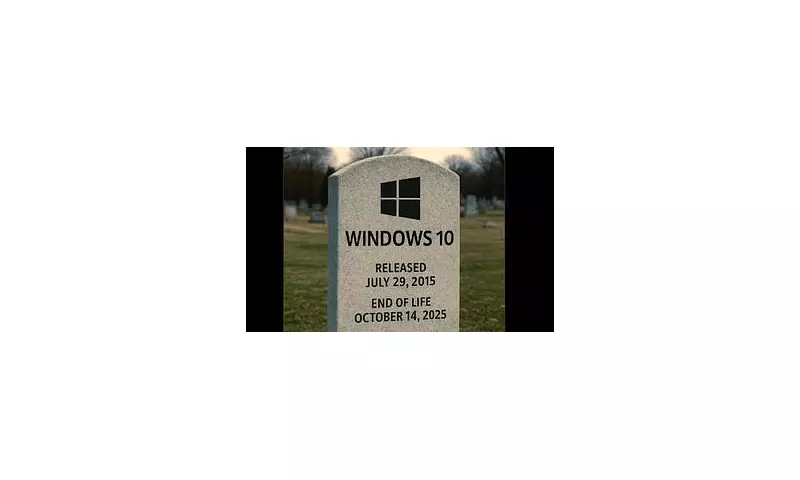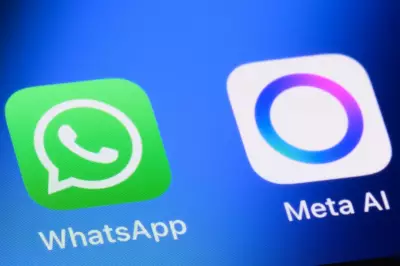
The digital landscape is facing a seismic shift as Microsoft confirms the final curtain call for Windows 10, sparking widespread discontent among its loyal user base. With the official end-of-support date set for October 2025, millions of users are mourning what they consider to be Microsoft's last great operating system.
The Countdown Begins: October 2025 Deadline
Microsoft has officially drawn the line in the sand: Windows 10 will reach its end of life on October 14th, 2025. This means the tech giant will cease providing crucial security updates and technical support, leaving remaining users vulnerable to emerging cyber threats. The announcement has triggered a wave of nostalgia and frustration across online forums and social media platforms.
User Backlash: Why Windows 11 Faces Resistance
Despite Microsoft's push towards Windows 11, significant resistance persists among the Windows community. The core grievances include:
- Stringent hardware requirements excluding older but functional computers
- Controversial interface changes that many find less intuitive than Windows 10
- Removal of beloved features including the classic Start Menu and Taskbar functionality
- Performance concerns on devices that barely meet minimum specifications
Security Versus Sentiment: The User Dilemma
While cybersecurity experts warn of the dangers in continuing with unsupported software, many users are weighing these risks against their dissatisfaction with Windows 11. The situation creates a perfect storm where security necessities clash with user preferences, leaving many in a technological limbo.
Microsoft's Position: Innovation Versus User Comfort
Microsoft maintains that Windows 11 represents necessary evolution in operating system design, with enhanced security features and modernised user experience. However, the company faces an uphill battle convincing its established user base that these improvements outweigh the comfort and familiarity of Windows 10.
As the 2025 deadline approaches, the technology community watches with keen interest to see whether users will reluctantly upgrade, seek alternative operating systems, or take their chances with an unsupported Windows 10.





